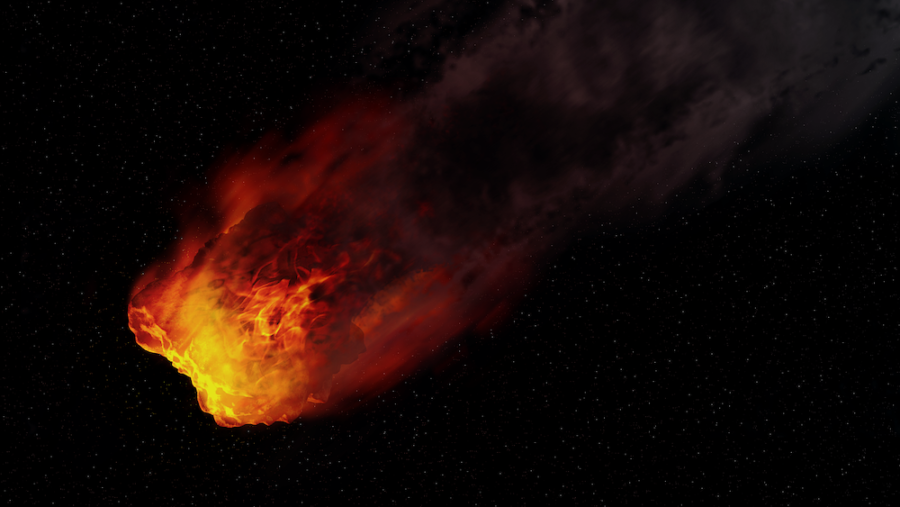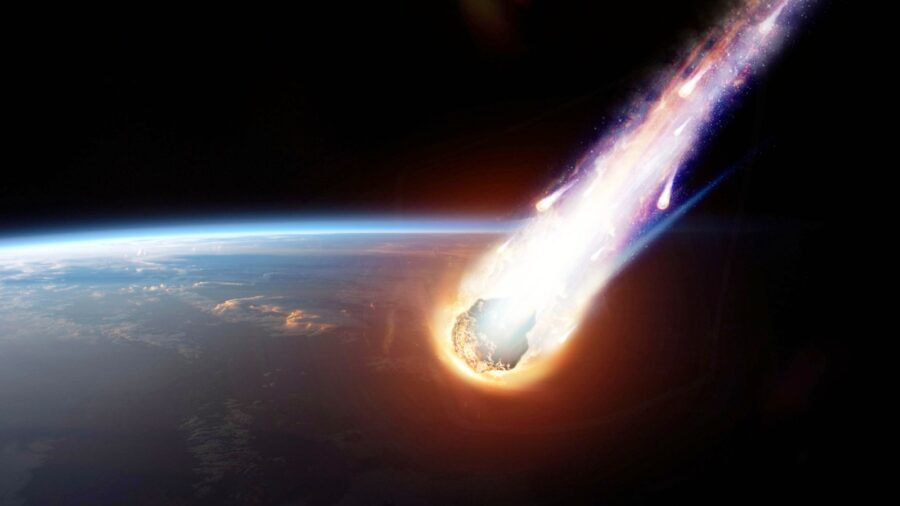AI Is Now Protecting The Planet From Asteroids

A new AI algorithm has detected a potentially hazardous asteroid that had gone unnoticed by human observers, slated to fly by Earth. The algorithm, HelioLinc3D, was explicitly designed for the Vera Rubin Observatory (tasked with carrying out synoptic astronomical surveys of celestial bodies like asteroids) currently under construction in Northern Chile, The New York Times reports.
Designated as 2022 SF289, this potentially hazardous asteroid spans approximately 600 feet long and is anticipated to come within 140,000 miles of Earth. That’s almost half the distance to the Moon – a proximity that raises concerns. The AI algorithm’s identification of this asteroid is even more remarkable due to its relatively modest size.
The AI algorithm, HelioLinc3Dwas explicitly designed to carry out synoptic astronomical surveys of celestial bodies like asteroids
As highlighted in the report, asteroids under 500 feet pose a greater challenge for detection and potentially cause significant destruction, including obliterating entire cities or even countries upon impact. Fortunately, the asteroid is not expected to collide with Earth in the near future. However, the noteworthy aspect is the AI’s capability to detect it.
This achievement is highly significant, considering the Rubin Observatory has yet to utilize the AI algorithm’s capabilities fully. Moreover, the technology’s feat is even more impressive since the asteroid managed to elude the human operators of the NASA-funded Asteroid Terrestrial-impact Last Alert System (ATLAS).

The observatory’s expansive mirror and advanced camera are on the brink of capturing images spanning nearly the entire nocturnal expanse. This process will be repeated every three nights, generating a large volume of data. Tackling this substantial influx of information would be impossible for a team of humans were it not for algorithmic AI assistance from programs like HelioLinc3D.
Speaking about the AI algorithm, University of Washington Researcher Ari Heinze, who was the principal programmer, believes that the proof of the program’s efficiency is in the pudding. “By demonstrating the real-world effectiveness of the software that Rubin will use to look for thousands of yet-unknown potentially hazardous asteroids… the discovery of 2022 SF289 makes us all safer.”
Unlike traditional telescopes requiring four nightly images for conclusive asteroid detection, Rubin and HelioLinc3D can achieve the same with just two images
Unlike traditional telescopes requiring four nightly images for conclusive asteroid detection, Rubin and HelioLinc3D can achieve the same with just two images. Remarkably, these images don’t even need to be captured on consecutive nights. Considering the substantial efficacy of the observatory partnership with the AI algorithm, there’s no doubt that it’s poised to bring change.
AI Can Help Find All Moving Objects In The Sky
This sentiment is underscored by Queen’s University Belfast astronomer Meg Schwab, an advocate of the technology who wasn’t directly involved in AI development. Schwab told The Times that the algorithm’s impact extends beyond asteroids, as it’s adept at identifying “all moving objects” traversing our night sky.
In addition to uncovering asteroid origins, the HelioLinc3D AI also provides invaluable clues about the evolution of the solar system. After analyzing the surface features, mineral compositions, and potential volatiles on the asteroids, researchers have been particularly intrigued by the presence of organic compounds and water-bearing minerals on certain asteroids.
The Rubin Observatory is set to begin its 10-year survey of the sky in 2025. With the help of the AI algorithm HelioLinc3D, it can see exceedingly faint objects, including asteroids with city-killing potential. The development of HelioLinc3D highlights the importance of technology in solving global problems, particularly in saving the world from asteroid strikes.












